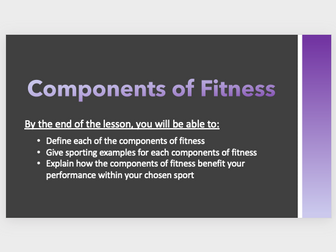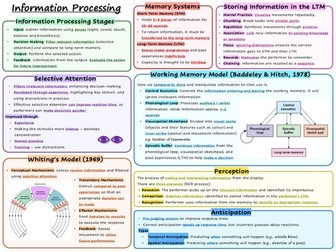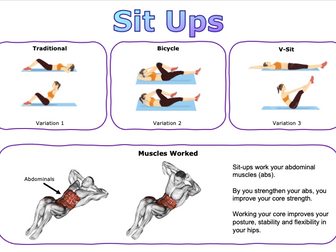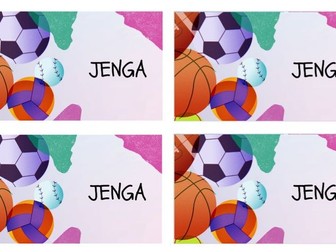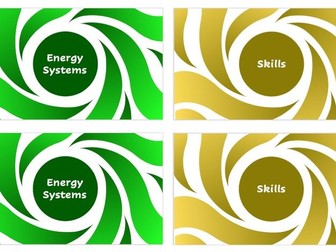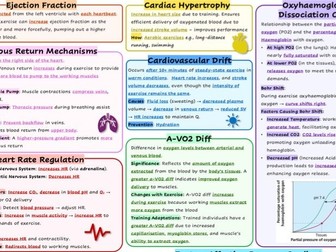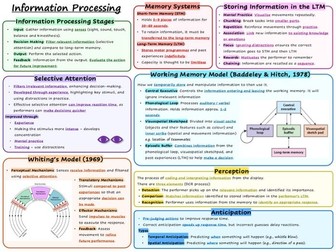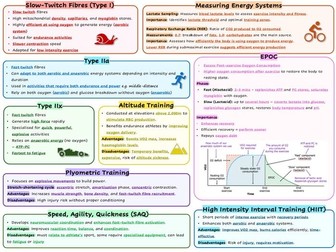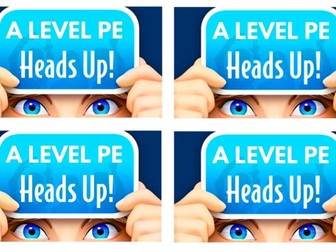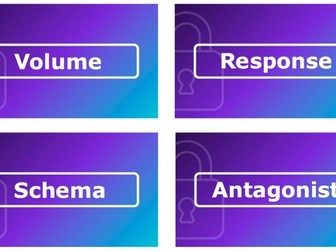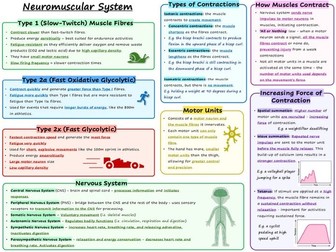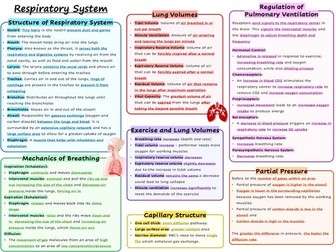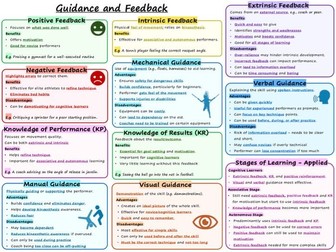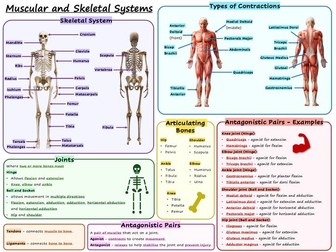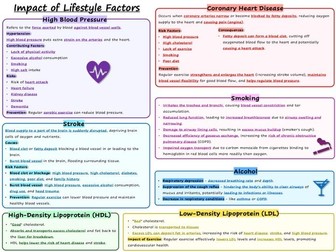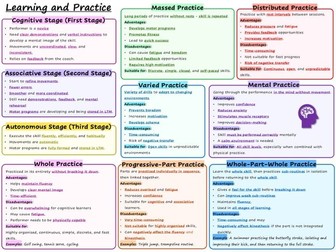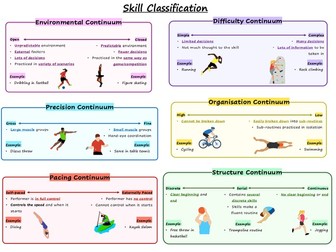GCSE PE - Components of Fitness
PowerPoint for components of fitness.
The content relates to GCSE OCR PE (new spec) but can be changed to accommodate other exam boards.
The PowerPoint has animations and transitions to support learning.
Content includes:
Starter
Muscular endurance – definition and practical examples
Strength – definition and practical examples
Balance – definition and practical examples
Flexibility – definition and practical examples
Cardiovascular endurance – definition and practical examples
Speed – definition and practical examples
Power – definition and practical examples
Agility – definition and practical examples
Reaction time – definition and practical examples
Coordination – definition and practical examples
Questions to facilitate learning / plenary
